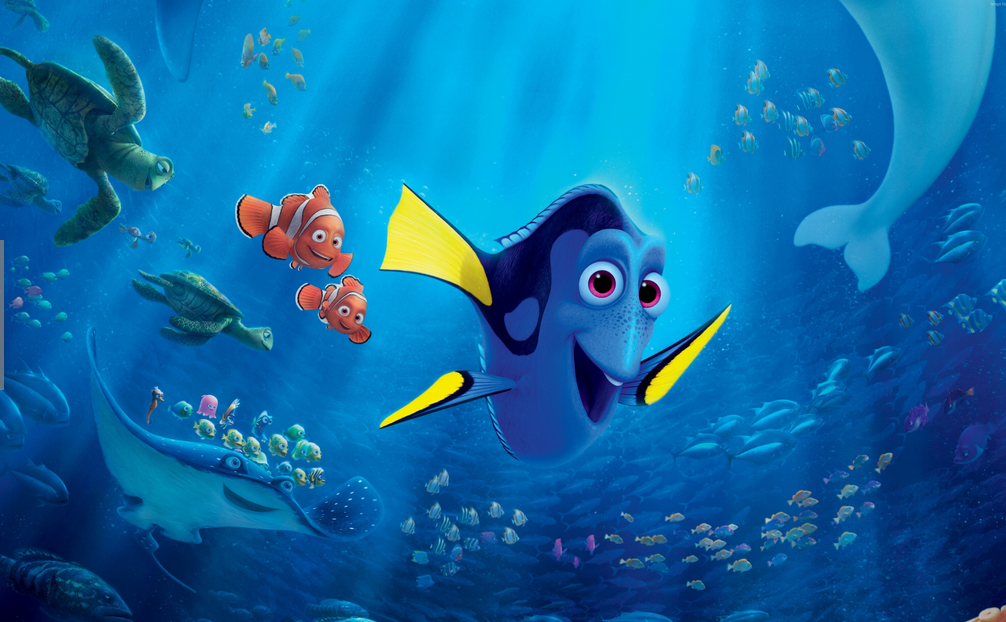Finding Dory, the long-awaited Disney/Pixar sequel to Finding Nemo (2003), is swimming its way to the top of the box office. the long-awaited Disney/Pixar sequel to Finding Nemo (2003), is swimming its way to the top of the box office. And it’s staying there. Beyond the impressive 3D computer-animation quality, it’s the storyline that has people talking.
 The box office hit focuses on the amnesiac blue-tang character and explores her journey to be reunited with her parents. Because Dory has short-term memory loss, it becomes a more central theme in the new film. Throughout both movies, the filmmakers depict and incorporate the challenge in ways that are easy to appreciate. And as we remember from the original movie, Nemo has an undersized fin, which he is taught to think of as his lucky fin.
The box office hit focuses on the amnesiac blue-tang character and explores her journey to be reunited with her parents. Because Dory has short-term memory loss, it becomes a more central theme in the new film. Throughout both movies, the filmmakers depict and incorporate the challenge in ways that are easy to appreciate. And as we remember from the original movie, Nemo has an undersized fin, which he is taught to think of as his lucky fin.
These parallels which include disability, rather than covering it up, are dotted all over the film and are not only charming but hugely important for children (and let’s face it, most adults could use a brush-up).
Angus MacLane, the co-director of Finding Dory talks about how Dory’s mental issues are depicted as an endearing quality and even as something useful at times.
“What’s so amazing about Dory is that she has a clear set of challenges, and she doesn’t allow those challenges to dissuade her from living her life,” MacLane says. “She is aspirational, and she has the energy to be positive.”
See the full Chicago Tribune article here
Leave a Reply